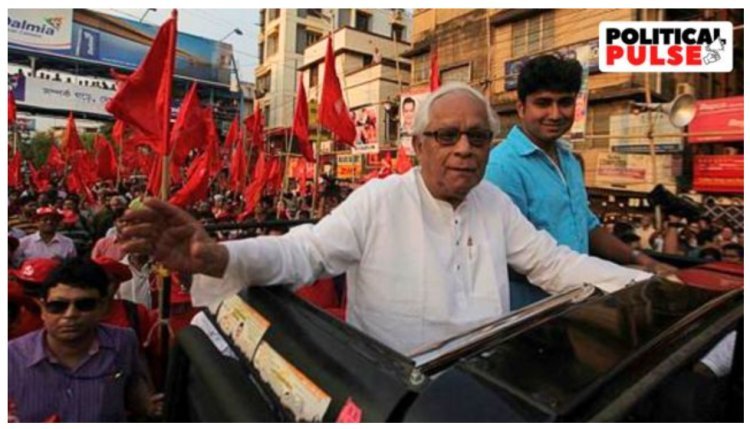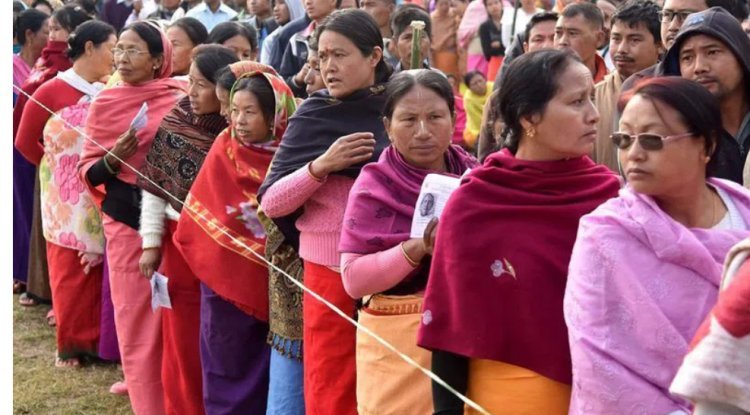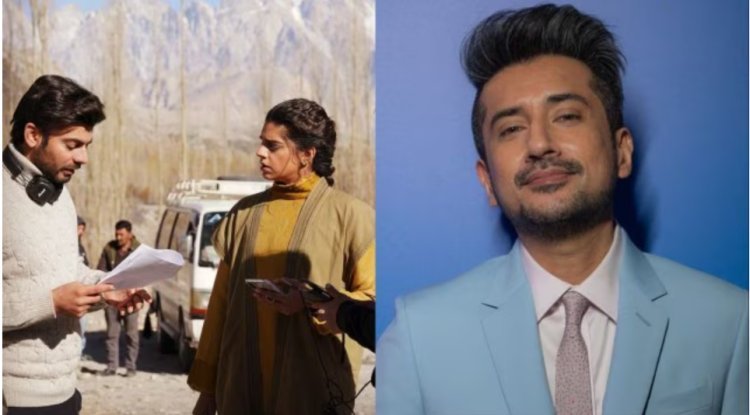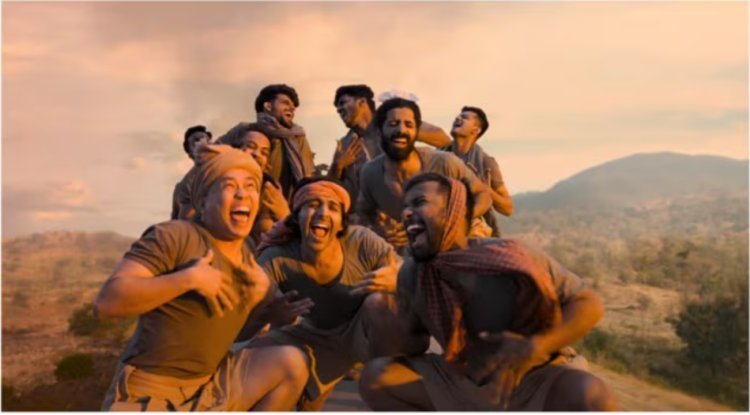"Buddhadeb: A Communist who crossed red lines with capitalist concessions"
He was at odds with the central leadership because of his attempts to advance industrialization, reform madrasas, and restrain trade unions.

He was "a Communist compromising with capitalism," according to his own admission. His supporters in the West Bengal Left Front and other CPI(M) members, particularly the inflexible and conservative apparatchiks of A K G Bhavan in Delhi, thought he was departing from the party line. However, Buddhadeb Bhattacharjee was a realist who aimed to reposition the Left by uniting Marxist theory with the realities of the market.
His eagerness to implement his practical ideas—he once referred to the devastating shutdowns imposed in his state by Leftist trade unions as immoral—put him at odds with his allies in Delhi and on Alimuddin Street, the location of the CPI(M) headquarters in Delhi. However, the playwright and poet, who was formerly the chief minister of China, gained followers outside of the country for it.
Returning as an elected chief minister for the first time in 2001, he took the industrialization route, which put the chief minister up against the self-styled Marxist puritans in Delhi.
The first confrontation occurred in 2004–05 when Bhattacharjee advocated for the IT sector in Bengal to be exempt from trade union actions, such as strikes, and discussed the need to curtail militant trade unionism. The Politburo was consulted by the trade unions, particularly the CITU, the labor union affiliated with the CPI(M). The latter came to the conclusion that employees should have the freedom to form unions and engage in collective bargaining, saying there was no doubt that labor rules applied to the IT industry.
However, behind closed doors, the central leadership decided to implicitly back Bhattacharjee's demand for private investment to boost infrastructure and generate jobs.
However, that was only the start.
Prior to the 2006 Assembly elections, which were Bhattacharjee's second as chief minister, there was much discussion in Bengal about the influx of private capital. Examples included the Indonesia-based Salem Group's plans to invest in Bengal, the Japanese major Mitsubishi's upcoming second unit in Haldia, the proposed chemical hub in Haldia, and Tata Motors' expansion plans with Bengal as a focal point.
After capturing 235 of 294 seats in the elections, the Left Front went on to win by a landslide, which Bhattacharjee may have interpreted as support for his industrialization aspirations. He said on a television channel the night before he was sworn in, "I am a Communist, compromising with capitalism." In West Bengal, I am aware of what I am doing. What other option is there? We need money if we are to develop.
However, Bhattacharjee's drive for industrialization soon encountered difficulties when opposition to the acquisition of land for the Singur and Nandigram projects grew, giving Delhi's elites the opportunity to turn against him. Leftists' disapproval of Bhattacharjee intensified when Mamata Banerjee, the leader of the Trinamool Congress and the symbol of the demonstrations,
The divide that existed between Alimuddin Street and A K G Bhawan was made worse by the Left's crushing defeat in the 2009 Lok Sabha elections, which saw the UPA triumphantly retake power.
In response to the CPI(M)'s dismal performance in the Bengal Lok Sabha, Bhattacharjee made the offer to step down as chief minister. While Bhattacharjee separated himself from the central leadership, Karat managed to persuade him to reconsider. He was further alienated from the party after the Assembly poll defeat in 2011.
The Left also entered a downhill trajectory. The Left had a sharp decline from its peak in 2004, when it secured 59 seats and became a powerful political force that helped build the UPA-I government, to 24 seats in 2009, 44 seats in 2004 and 16 seats in 2009.
After this, Bhattacharjee became even more disassociated from the "Kerala lobby," which was perceived to be led by Karat. He became known as the opposing "Bengal lobby," together with Sitaram Yechury and other state officials.
What's Your Reaction?






















